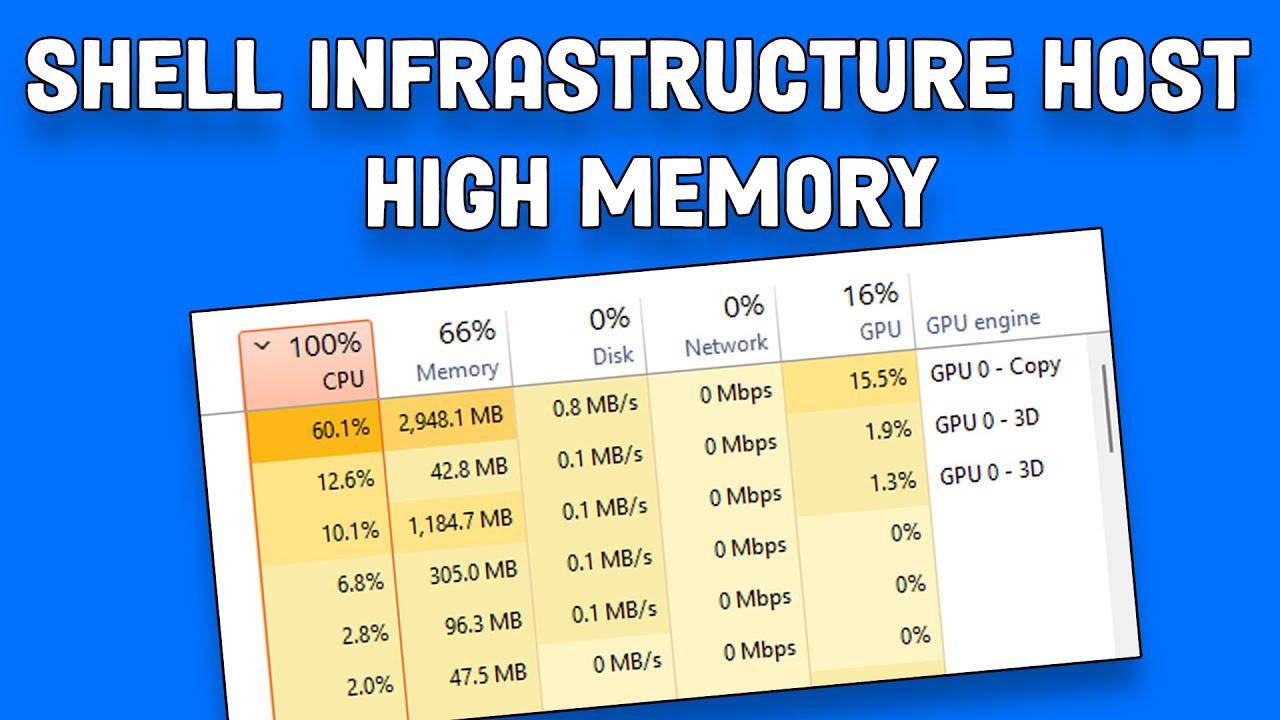Shell Infrastructure Host (*) is a core component of the Windows operating system. It plays a crucial role in rendering and managing various graphical elements of the user interface.
Key Functions
The Shell Infrastructure Host is primarily responsible for several aspects of the visual experience and functionality within Windows. These include:
- Handling parts of the Start Menu's behavior and appearance.
- Managing graphical elements such as window transparency.
- Supporting features like the desktop background slideshow.
- Coordinating with Universal Windows Platform (UWP) apps for their integration into the shell, including aspects like live tiles or notifications.
It often works in conjunction with other related processes, such as the Shell Experience Host (*), to deliver a complete and cohesive graphical user interface.

System Importance
As an integral part of the Windows shell, the Shell Infrastructure Host is essential for the proper functioning of the desktop environment. It is a legitimate Windows process and should not typically be terminated manually. Attempting to stop or interfere with * can lead to instability in the user interface, including visual glitches, unresponsive elements, or a malfunctioning Start Menu.
If Shell Infrastructure Host exhibits high resource usage (CPU or memory), it is often a symptom of an underlying issue, such as corrupted system files, outdated drivers, or conflicts with third-party software, rather than a problem with the process itself. Basic troubleshooting steps, like restarting the computer, can sometimes resolve temporary issues involving this process.












